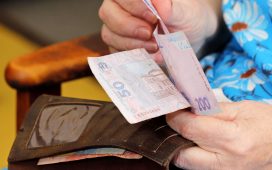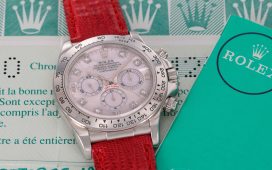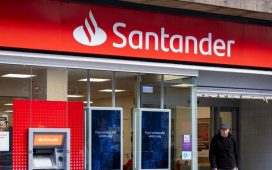Hard-pressed consumers cut back on eating out and buying new clothes to prioritise spending on travel, entertainment and a visit to the pub over the past year, as soaring inflation and rising bills sharply curtailed the rate of spending growth.
Consumer card spending increased by 4.1% year-on-year in 2023, almost two-thirds lower than the 10.6% rise in 2022, as the sharp increase in the cost of living took its toll on households.
The rise in spending represents a real-terms fall with the rate of inflation hitting a 41-year high of 11.1% late last year, although it has since eased to 3.9% in November.
The data from Barclays reveals that consumers spent 6.7% less on eating out in restaurants this year, while clothing stores suffered a 0.5% fall in spend and furniture stores were hit by a 5.2% decline, as households looked to balance their budgets amid a sharp increase in household bills.
However, after two years of pandemic restrictions limiting many holiday and entertainment activities consumers hoped to save cash to prioritise special occasions and events.
Spending on the entertainment sector rose by 7.5% year-on-year as consumers headed to the Eurovision song contest in Liverpool and went to must-see events including Taylor Swift’s Eras tour and Beyoncé’s Renaissance tour.
Spending on going to the cinema increased by 6.3% as film fans rushed to see blockbusters including Barbie, Oppenheimer and Avatar: The Way of Water.
In-home entertainment also increased with spending on digital content and subscriptions, such as paying for on-demand films or services such as Netflix, rising by 7.3% albeit that figure was partly fuelled by price rises pushed through by operators.
Consumers also saved for getaways, with spending on trips booked via travel agents up by 10.4%, while airlines enjoyed a 30.8% surge.
Pubs and bars recorded a 5.9% rise in spending thanks to a mix of price inflation, big events such as King Charles’s coronation and the rugby World Cup, and offering a cheaper socialising and eating option than restaurants.
“Brits prioritised memorable experiences and shared moments with loved ones this year, boosting pubs, travel and entertainment,” said Esme Harwood, director at Barclays. “Many were keen to make up for lost opportunities during the pandemic by booking holidays, treating themselves to concert tickets, and enjoying a night out with friends.”
Many consumers aimed to change their shopping habits to keep budgets in check.
Discount supermarket chains accounted for an all-time high 15.5% of all grocery spending, up a percentage point on 2022, as consumers looked for ways to reduce the cost of their weekly shop.
Barclays said that this behaviour peaked in September when data showed that 70% of shoppers were hoping to cut back on spending, with half buying budget, own-brand or value-range products instead of branded lines.
after newsletter promotion
Consumers were frustrated by the rise of “shrinkflation” and “skimpflation”, where food and drink manufacturers make pack sizes smaller without reducing the price, or reduce the quality of a product.
Spend on improvements and DIY fell by 4.7% as household budgets focused more on being able to afford experience-led pursuits.
However, the so-called “lipstick effect” boosted spending in pharmacies and health and beauty retailers, where spending rose by 5.6%, with consumers making small indulgent purchases such as cosmetics instead of big-ticket items and projects.
Spending on fuel dropped by 10.7%, with the number of transactions falling by 3.2%, as consumers hoped to save money by cutting trips.
However, the drop in spend on fuel has also been helped by price cuts at the pump, one of the main factors for the drop in the overall rate of inflation to 3.9% in November, with the average cost falling by 4p a litre month-on-month.
“Certain sectors saw noticeable cutbacks,” said Harwood. “Nonetheless, Brits’ confidence in their ability to spend within their means has remained resilient, as they become more resourceful and adept in finding ways to balance their budget.”










